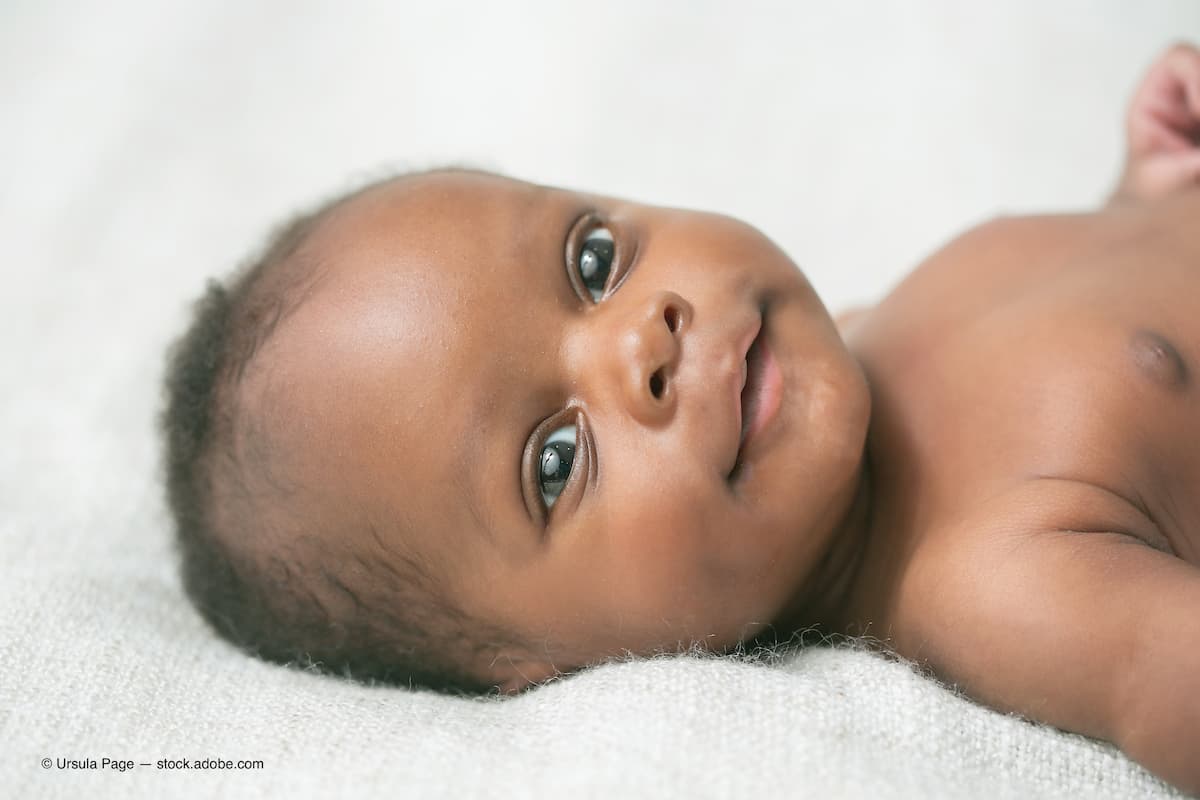The whens and hows of correcting refractive errors in infants and children
Correcting refractive errors in infants and toddlers differs from that in adults. Ida Chung, OD, MS, FCOVD, FAAO, walks optometrists through the pearls and pitfalls of prescribing for this patient population.
Reviewed by Ida Chung, OD, MS, FCOVD, FAAO.
Ida Chung, OD

“Timely and appropriate correction of refractive error early in life helps to ensure that proper visual development occurs, including development of visual acuity [VA], binocularity, and overall development.
In contrast, inappropriate correction may interfere with emmetropization and/or cause problems with binocularity and VA,” Ida Chung, OD, MS, FCOVD, FAAO, emphasized.

Early in life, the eye is in a state of flux, i.e., the total lens power decreases from about 90 diopters (D) to 60 D, the cornea flattens slightly and decreases power, axial length increases during the first 5 years from 17 to 21 mm with every 1/3 mm resulting in 1.00 D of refractive change.
Therefore, a mismatch between axial growth and corneal/lens changes can result in a refractive error, Dr. Chung explained.
At birth, most infants are hyperopic (average +2.00 D), the rest are myopic (~25%), and about 50% have astigmatism and 25% anisometropia. Changes in refractive error are expected in the next years.
Emmetropization, a change that happens rapidly during the first year of life, is a decrease in the average amount of refractive error, as well as a reduction in variance of refractive error around emmetropiafrom, the increased axial length plus the decreased corneal/lenticular power, she explained.
The process of emmetropization continues after 12 to 18 months and is essentially complete by 5 years. This requires a normal visual system and a normal visual environment.
Determining the refractive error
The cycloplegic retinoscopy technique is the best way to do this and is the gold standard for all children. The procedure requires 2 drops of cyclopentolate, the standard of care with this procedure, i.e., 1% for children over 1 year and 0.5% for children under 1 year, followed by a wait time of 30 to 40 minutes after instillation.
If a child can sit for the test, retinoscopy performed with a phoropter is the most accurate method [compared to free space], as there is a greater chance of minimizing fluctuating retinal reflex due to compensating lenses in place, she explained.
Managing hyperopia
Most infants and children have varying degrees of hyperopia and about a third of infants with high hyperopia remain significantly hyperopic, requiring excessive accommodation.
This is concerning because esotropia can result, as can bilateral amblyopia, reduced stereopsis and delayed development. Significant hyperopia is characterized by blurred vision at near, asthenopia, and unsustainable near visual tasks. Strabismus, amblyopia, accommodative or binocular dysfunction are other associated problems.
In cases of high bilateral hyperopia, most clinicians prescribe glasses even if a patient is asymptomatic, although most do not correct for the full amount of hyperopia in the absence of esotropia.
In patients with hyperopia associated with esotropia, management calls for achieving ocular alignment and development of binocular vision. Dr. Chung said that full or close to full cycloplegic prescription is usually prescribed.
In 0- to 2-year-olds with bilateral high hyperopia and no esotropia, they can be monitored every 2 to 3 months for refractive stability, and with bilateral moderate hyperopia with no esotropia, every 3 to 6 months.
In 3- to 4-year-olds with high hyperopia and no esotropia, partial correction is recommended; those with moderate hyperopia with no esotropia may benefit from partial prescription depending on signs, symptoms, and ability to compensate for the hyperopia.
In those 5 years and older, prescribing can be considered if 1.50 D or more is present.
Astigmatism
Astigmatism is a concern because of the potential for refractive amblyopia, strabismus and suppression, reduced stereoacuity, delayed visual development, and delayed academic readiness.
In 5-month to 3-year-olds, 0 to 1.75 D is normal and above that, abnormal; In 3- to 5-year-olds, 0 to 1.25 D is normal and above that abnormal.
Dr. Chung explained that full astigmatic correction is prescribed in most cases. Partial correction based on subjective responses before cycloplegia can be considered in children ~8-10 years old with significant astigmatism that have never worn correction to assist with adaptation.
In children aged 0 to 2 years, astigmatism is generally not corrected unless it exceeds 3.25 D. In 2- to 4-year-olds, correction can be considered in the presence of more than 2 D, especially if the axis is oblique or there is associated anisometropia. Early correction may prevent amblyopia. In those over 5 years, correction is warranted if the astigmatism exceeds 0.75 D.
Myopia
Low myopia (less than -1.50 D) is found in infants, especially premature infants, and can emmetropize. However, by the teenage years, a quarter of children are myopic. By 5 years and older, -0.50 D is considered abnormal.
Children without spectacles and low myopia should be monitored at 3- to 6-month intervals. In those with spectacles, they should be monitored for adaptation 3 months after the prescription is filled. Preschool and early school-age children should be monitored for progression every 6 months to 1 year and older children each year.
There are 3 current treatments which can control myopia well : atropine drops, orthokeratology lenses, and multifocal soft contact lenses.
Anisometropia
Anisometropia is an inter-ocular refractive difference between the eyes that has the potential to cause amblyopia and ultimately can impair binocular vision.
Dr. Chung advises prescribing glasses at the correct time because a delay can be harmful.
She explained that anisometropia exceeding 3 D at 1 year of age can persist and cause amblyopia and most children with more than 2 D will have some amblyopia. Treatment should be prescribed if the young child has more than 3 D stable over the course of 3 examinations 3 months apart.
In 3- to 4-year-olds, treatment should be prescribed if the anisometropia is 1 D or more. When both anisometropia and strabismus are present, a trial frame can be tried and then prescribed.
Dr. Chung’s key take-home points are:
- Prescribe for refractive errors when stable for age.
- Prescribe for refractive errors when they are amblyogenic.
- Prescribe for refractive errors when they affect vision development and behavior.
- Use evidence-based guidelines.
Ida Chung, OD, MS, FCOVD, FAAO: ichung@westernu.edu
Newsletter
Want more insights like this? Subscribe to Optometry Times and get clinical pearls and practice tips delivered straight to your inbox.